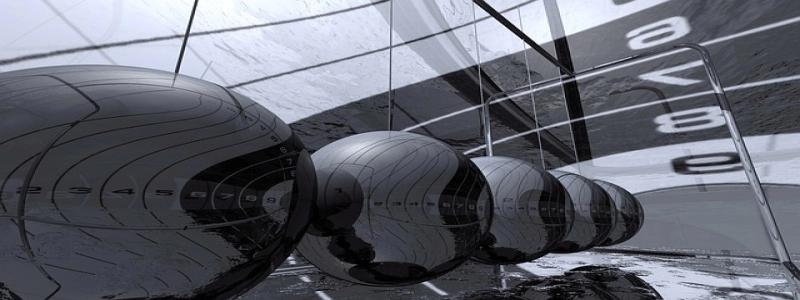How to Measure a Wavelength
Introduction
Understanding the concept of measuring the wavelength is essential for various scientific and technological applications. Whether it is in the field of optics, physics, or telecommunications, measuring the wavelength accurately is crucial. In this article, we will discuss the different methods and techniques used to measure the wavelength.
I. The Basics of Wavelength Measurement
1.1 Definition of Wavelength
A wavelength is the distance between two successive crests or troughs of a wave. It is typically denoted by the Greek letter lambda (λ) and is measured in units such as nanometers (nm) or meters (m).
1.2 Importance of Wavelength Measurement
Measuring the wavelength allows scientists and researchers to understand the behavior and properties of waves. It is crucial in applications such as spectroscopy, fiber optics, and wireless communication systems.
II. Techniques for Measuring Wavelength
2.1 Diffraction Grating Method
The diffraction grating method is a commonly used technique to measure the wavelength of light. It involves passing the light through a special grating that contains evenly spaced parallel slits. By analyzing the resulting diffraction pattern, the wavelength of the light can be determined.
2.2 Interference Method
The interference method is based on the interference pattern formed by two or more waves. By using a Michelson interferometer or an interferometric technique, the wavelength can be calculated by measuring the fringe patterns produced.
2.3 Spectroscopy
Spectroscopy is a versatile technique that allows the measurement of wavelength for various types of waves, including electromagnetic waves and sound waves. By analyzing the spectrum produced by the interaction between the waves and a sample, the wavelength can be determined.
2.4 Time-of-Flight Method
In some cases, the wavelength of waves can be measured by determining the time it takes for the wave to travel a known distance. This method is commonly used in sound waves and radio waves, where the velocity of propagation is known.
III. Instruments Used for Wavelength Measurement
3.1 Spectrometers
Spectrometers are devices used to measure the wavelengths of light accurately. They utilize various techniques such as prism dispersion or diffraction gratings to separate and measure different wavelengths.
3.2 Interferometers
Interferometers, as mentioned earlier, are instruments used to measure the interference patterns produced by waves. They are commonly used in fields such as optics and telecommunications.
3.3 Acoustic Sensors
For measuring the wavelength of sound waves, specialized acoustic sensors such as microphones and hydrophones are used. These sensors convert the sound waves into electrical signals that can be analyzed to determine the wavelength.
Conclusion
Measuring the wavelength is a fundamental aspect of understanding the behavior of waves. Whether it is through diffraction grating methods, interference techniques, spectroscopy, or time-of-flight measurements, various methods and instruments can be used to accurately determine the wavelength. By utilizing these techniques in different scientific and technological applications, researchers and engineers can advance our understanding and utilize the properties of waves more effectively.








